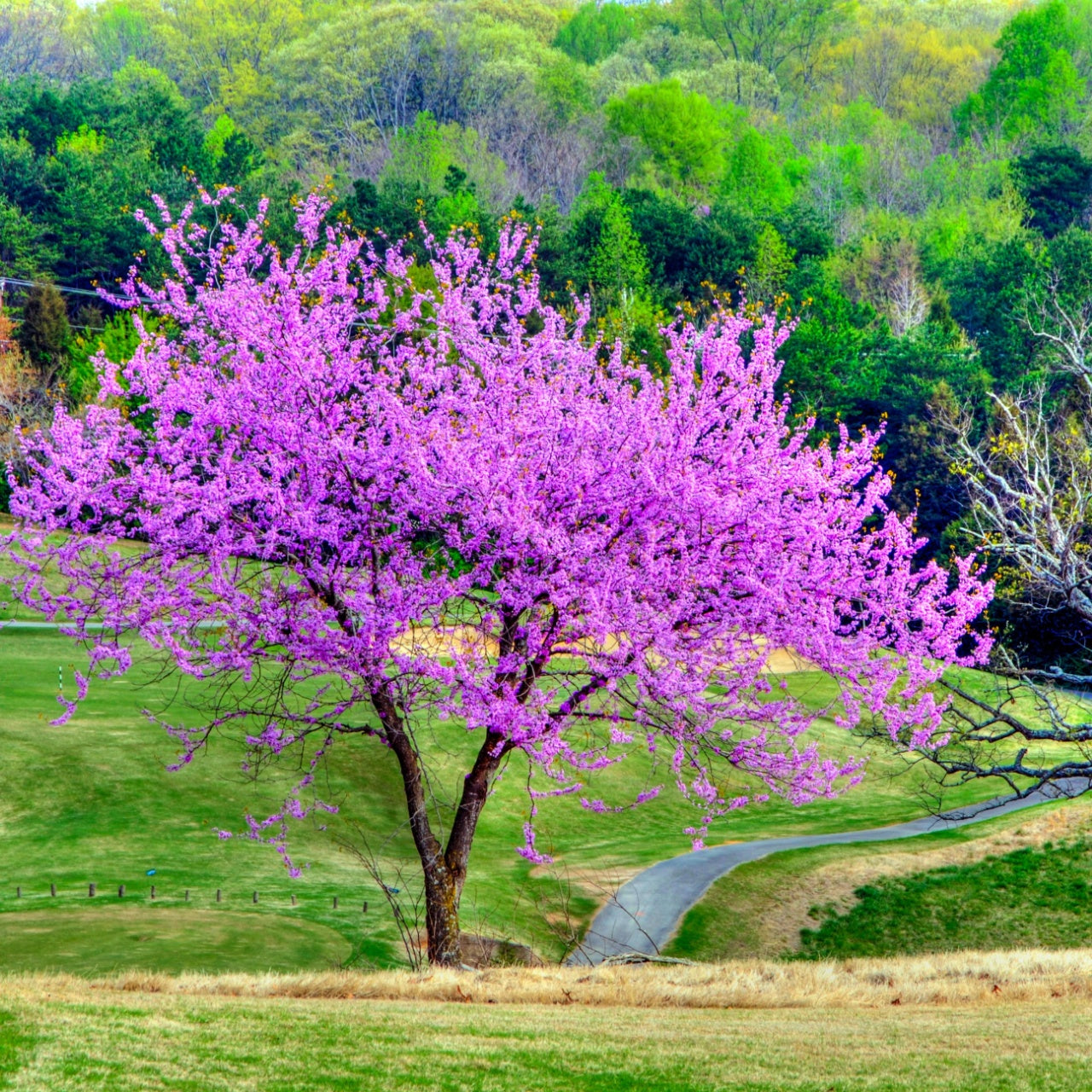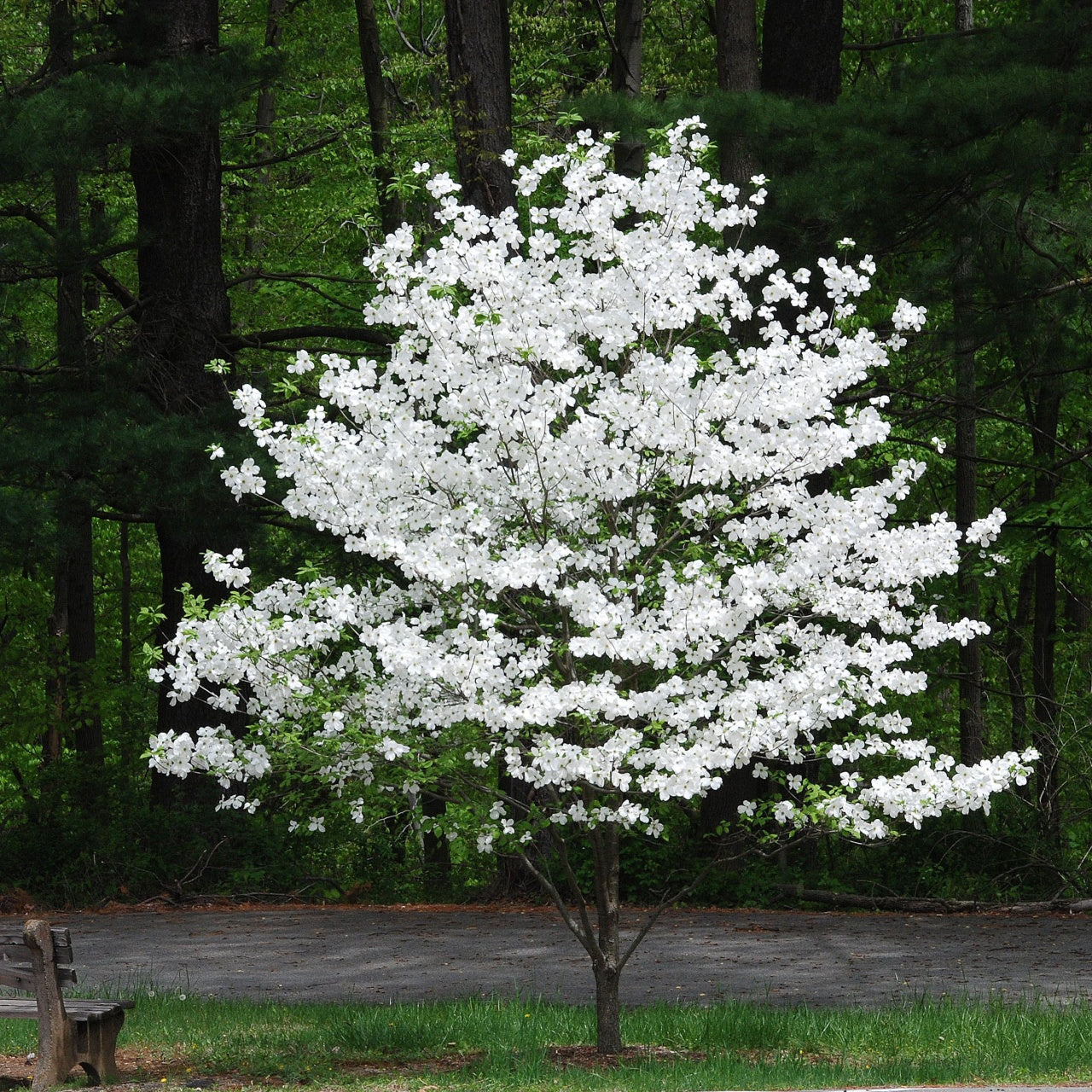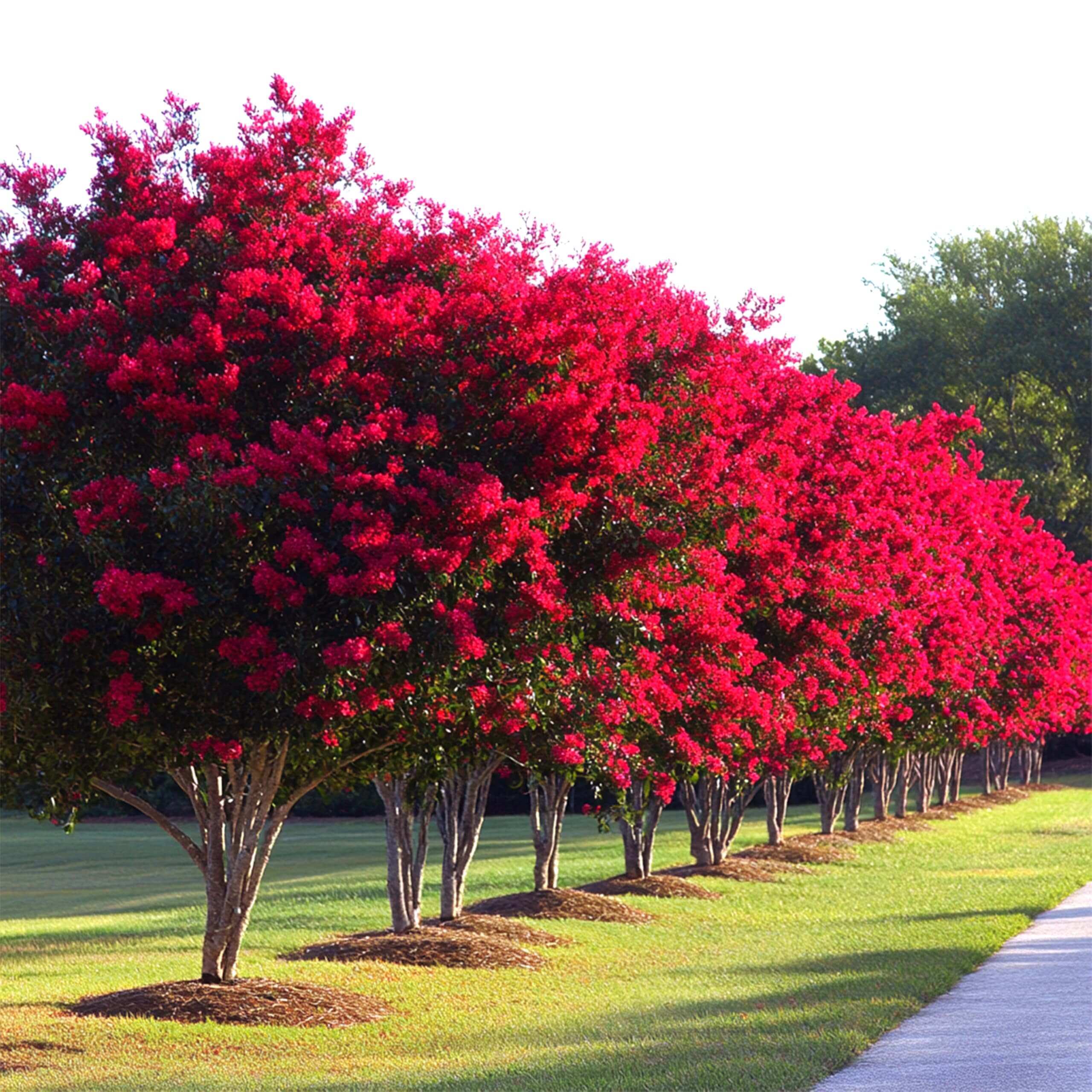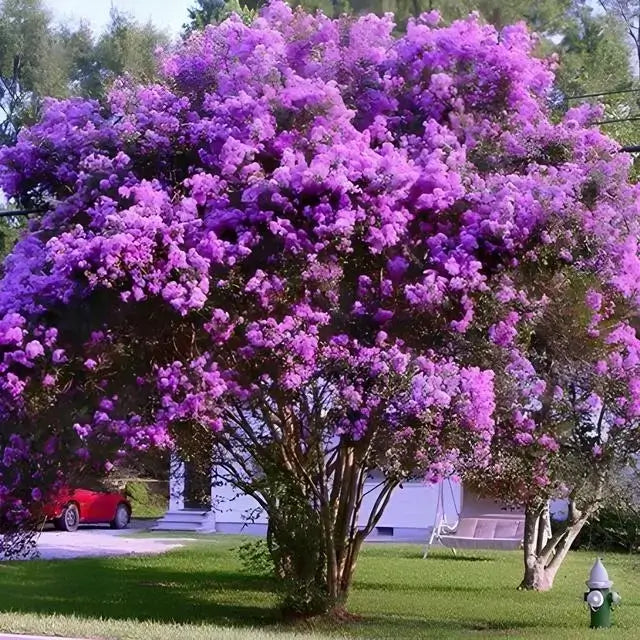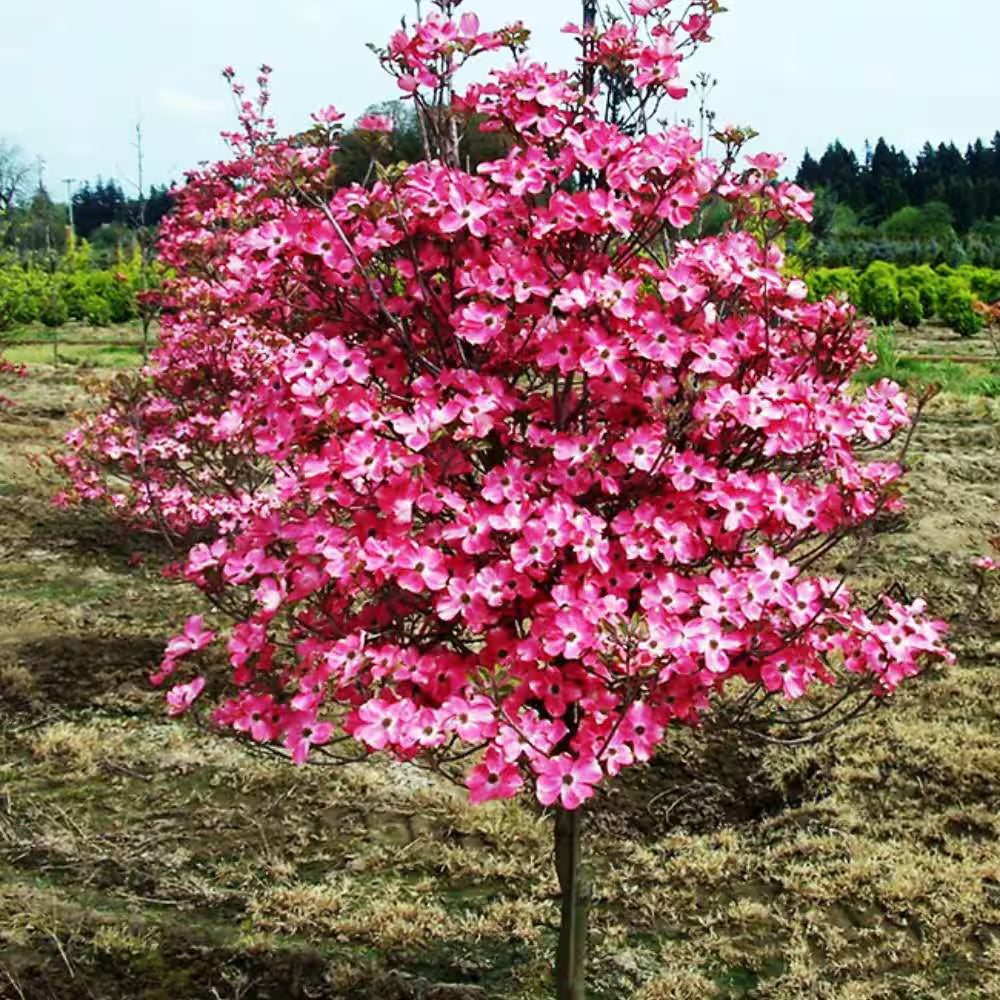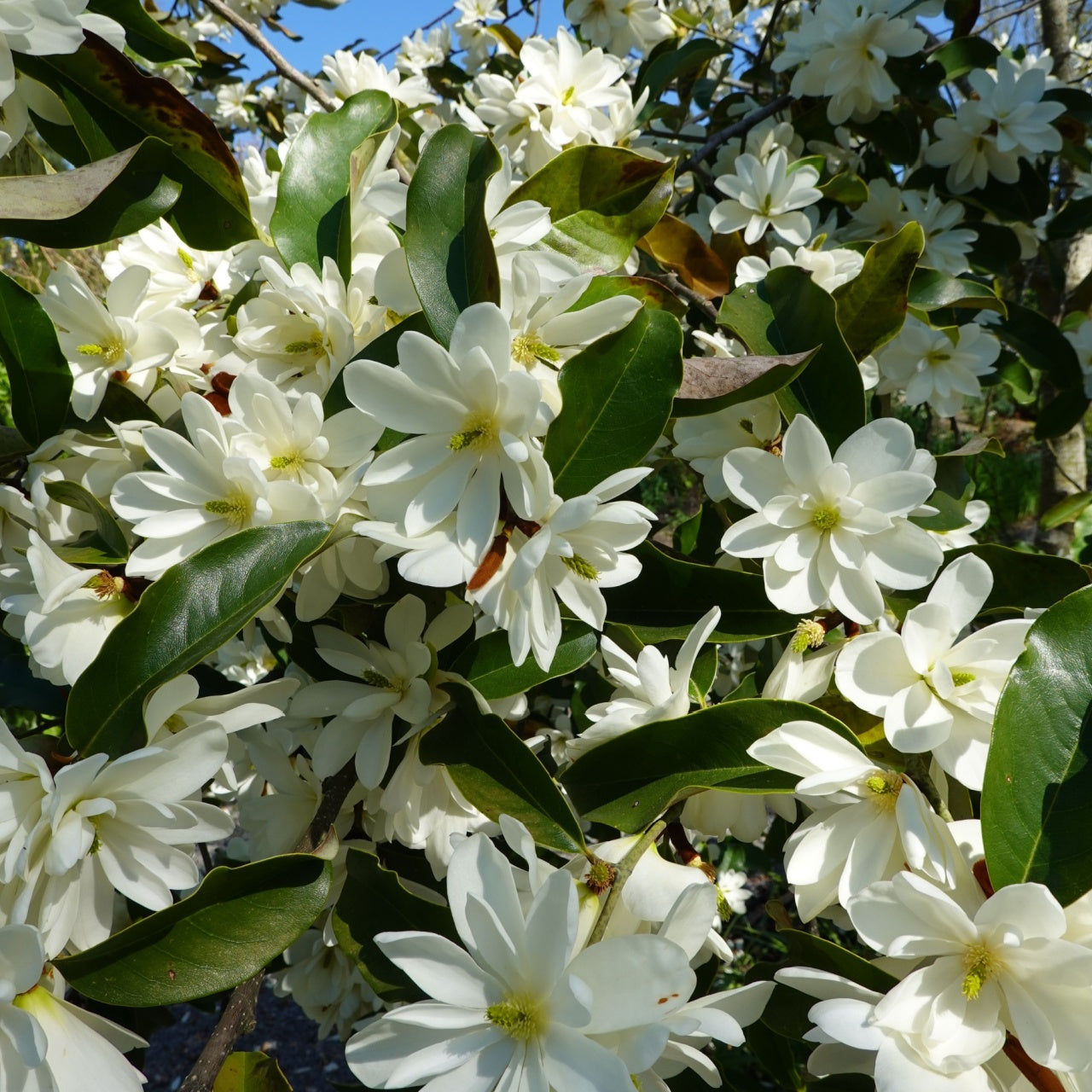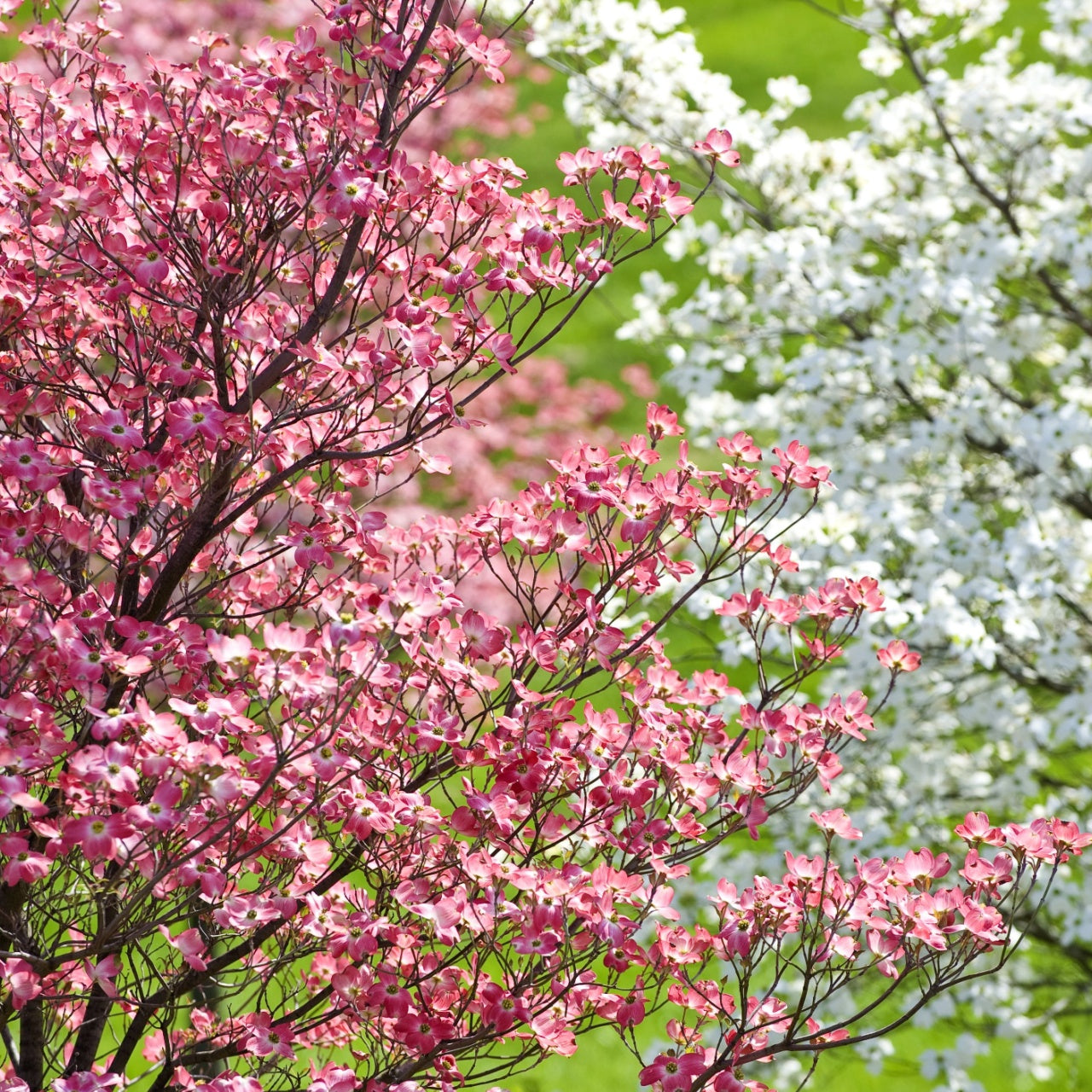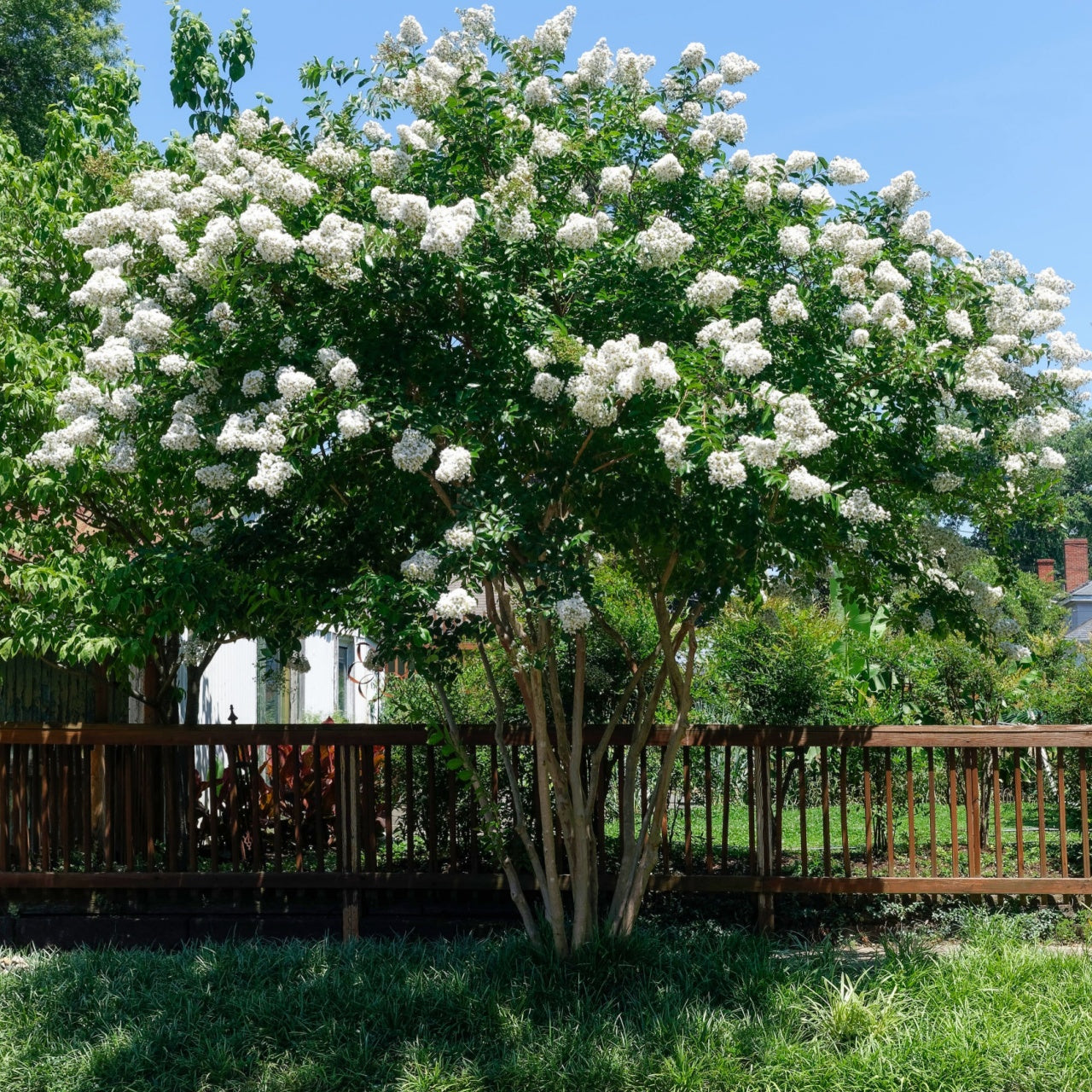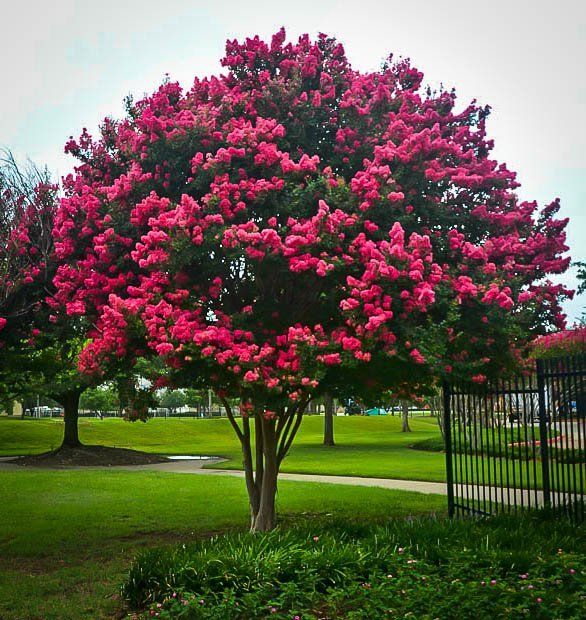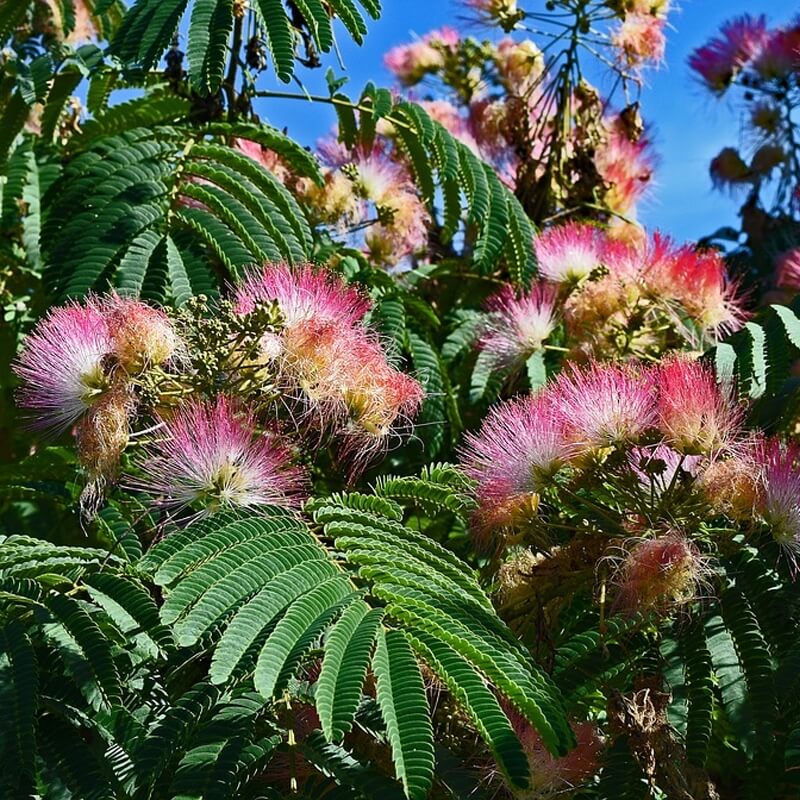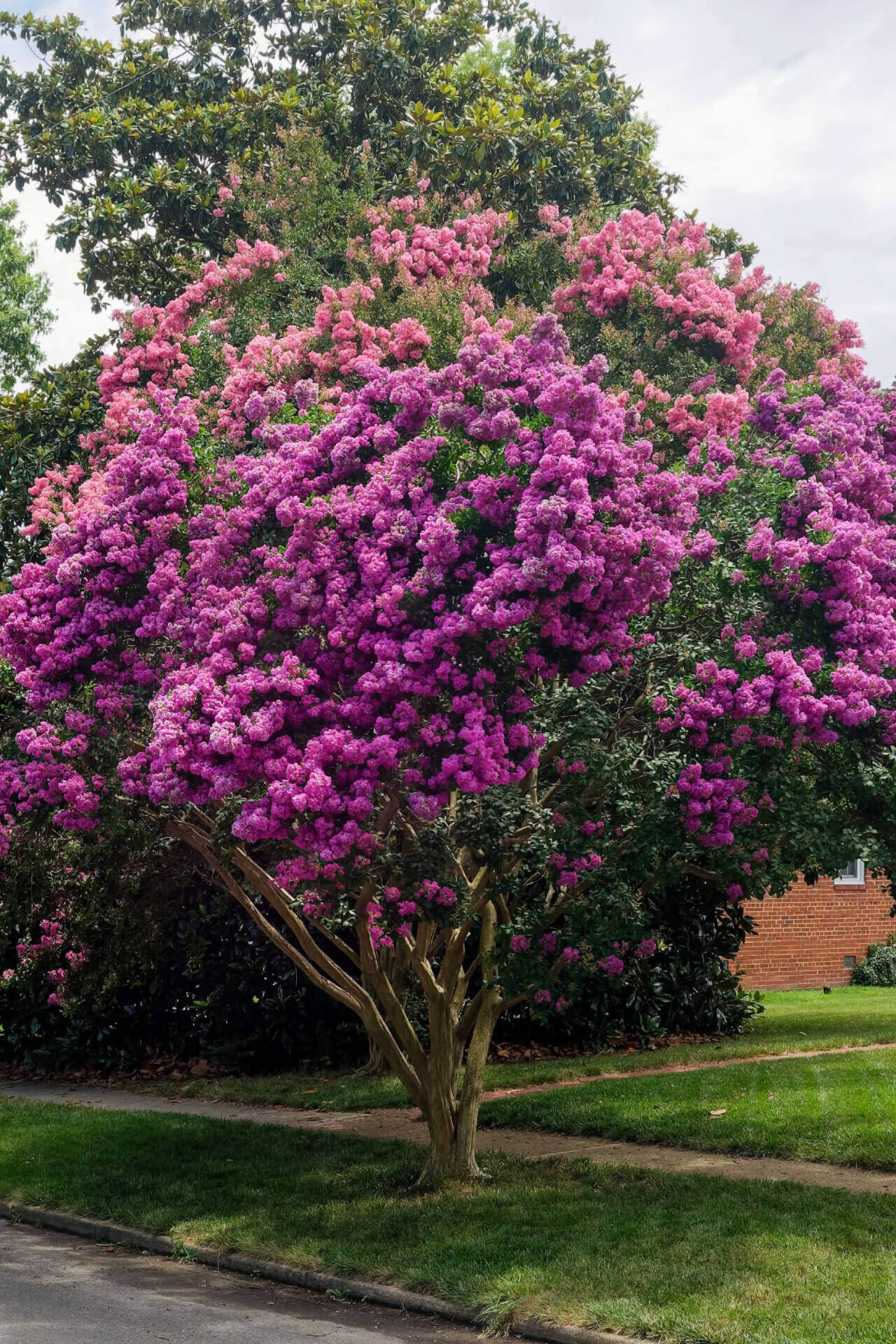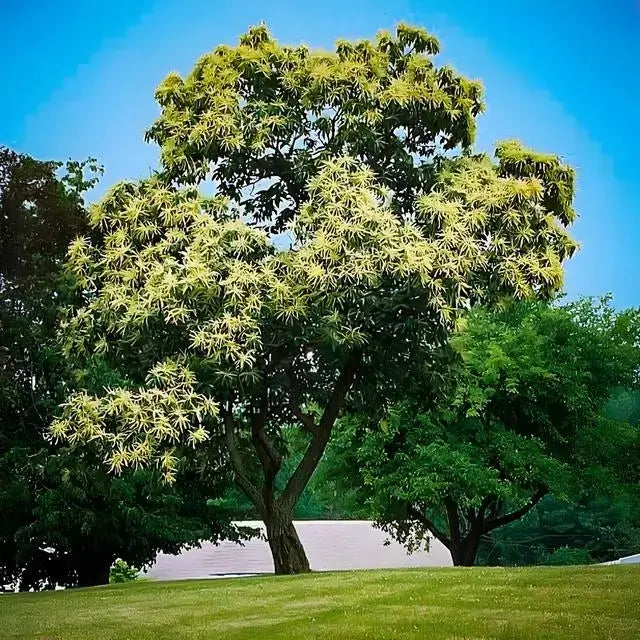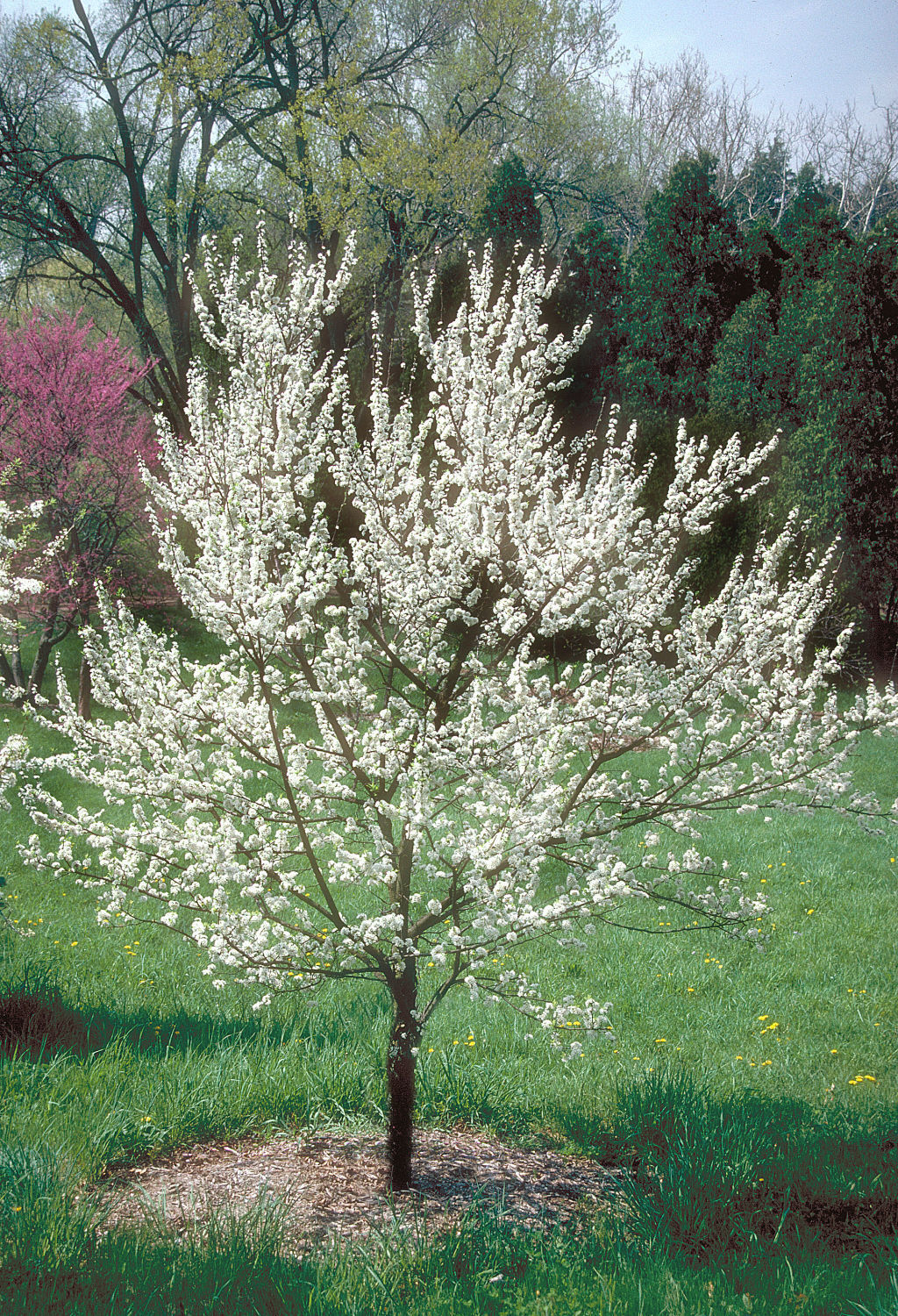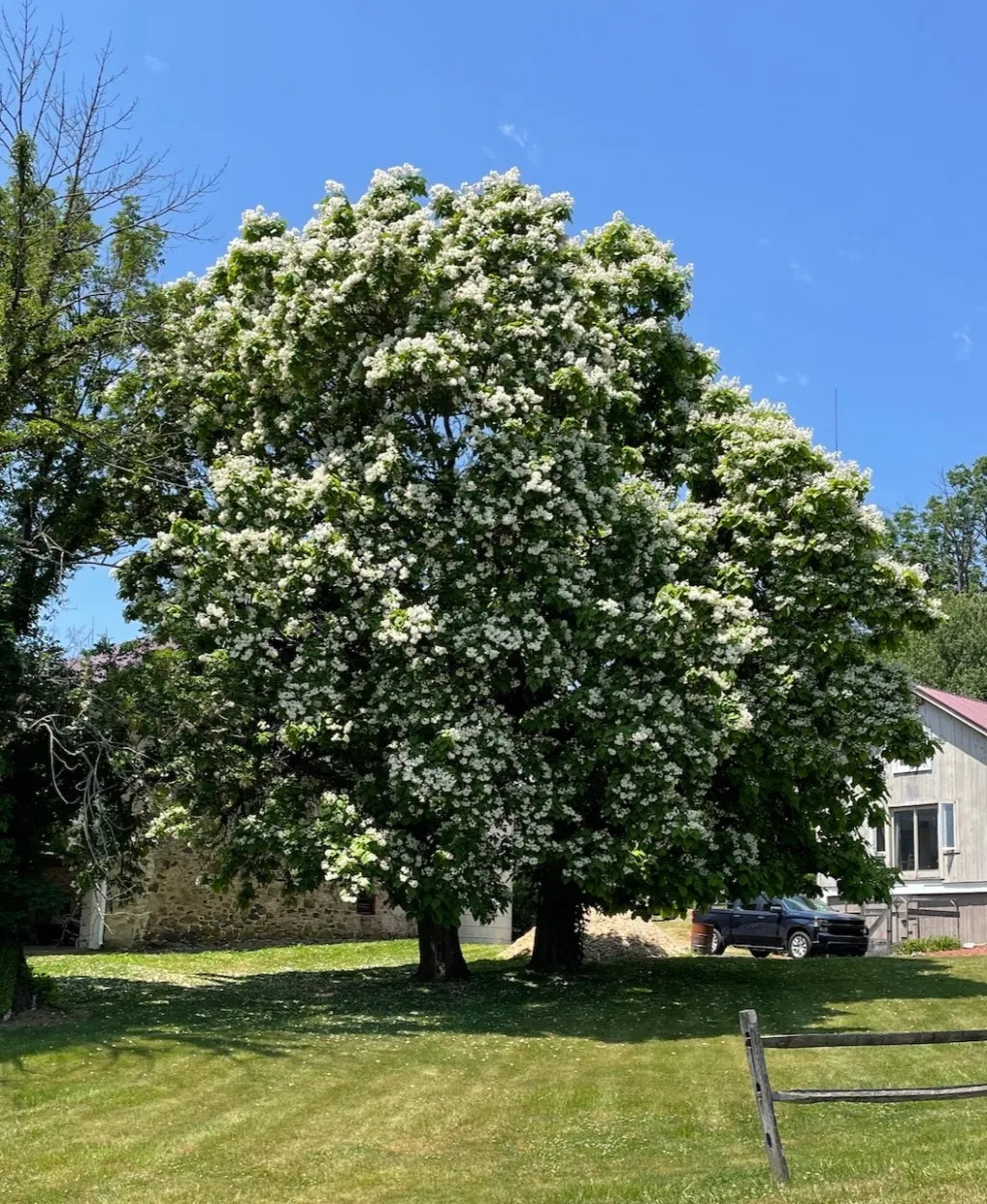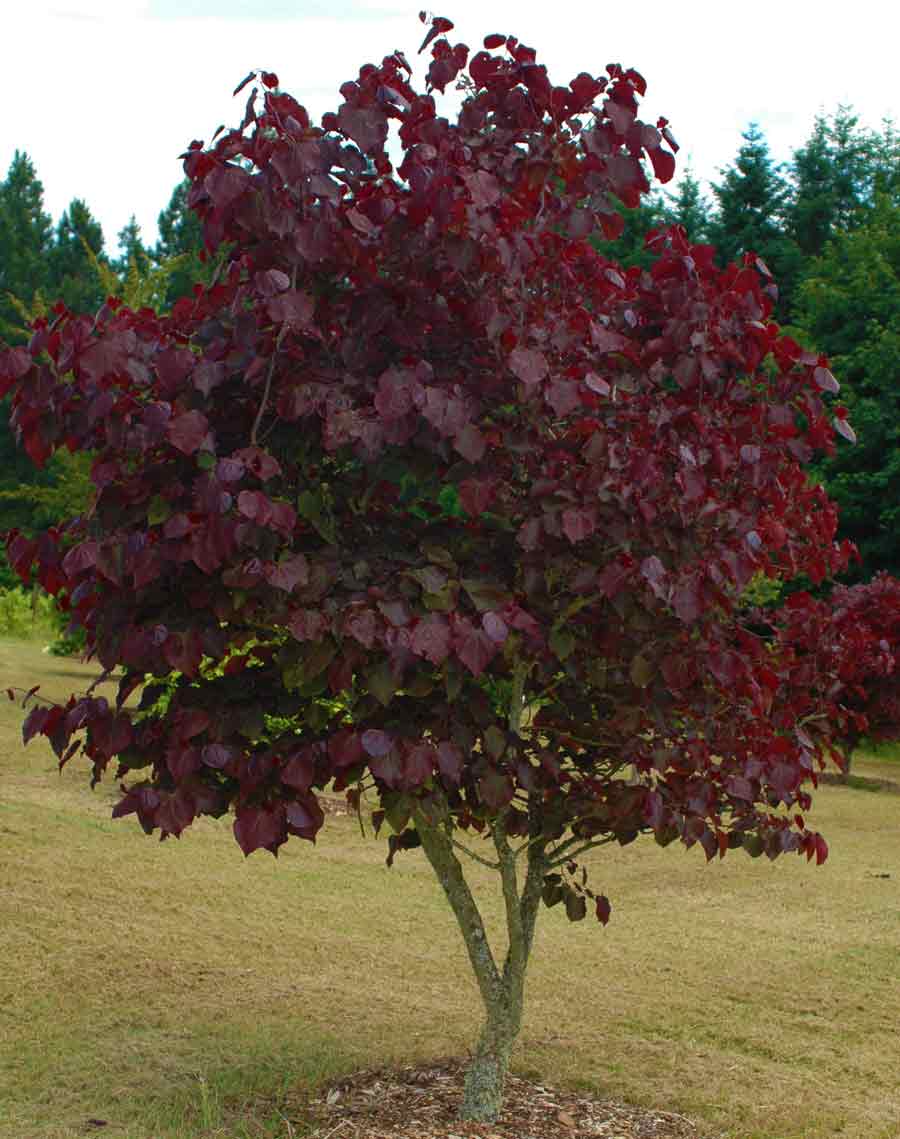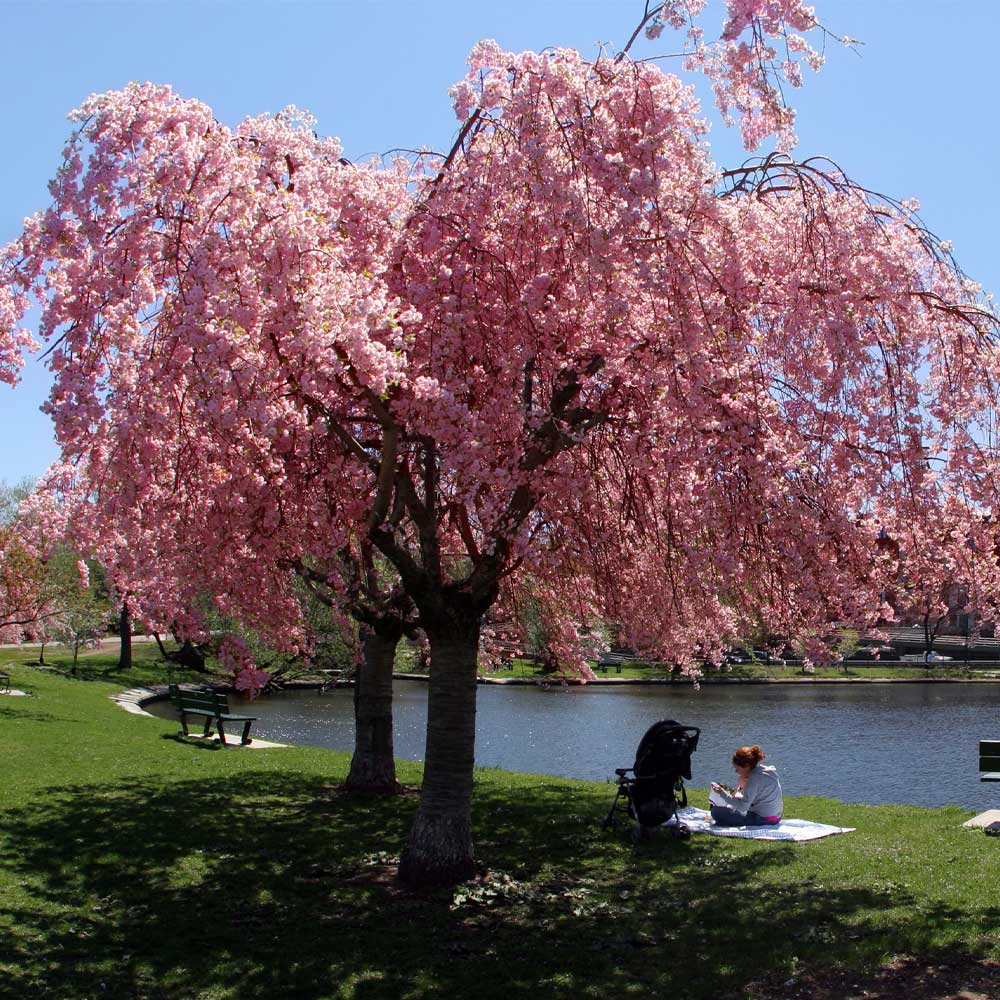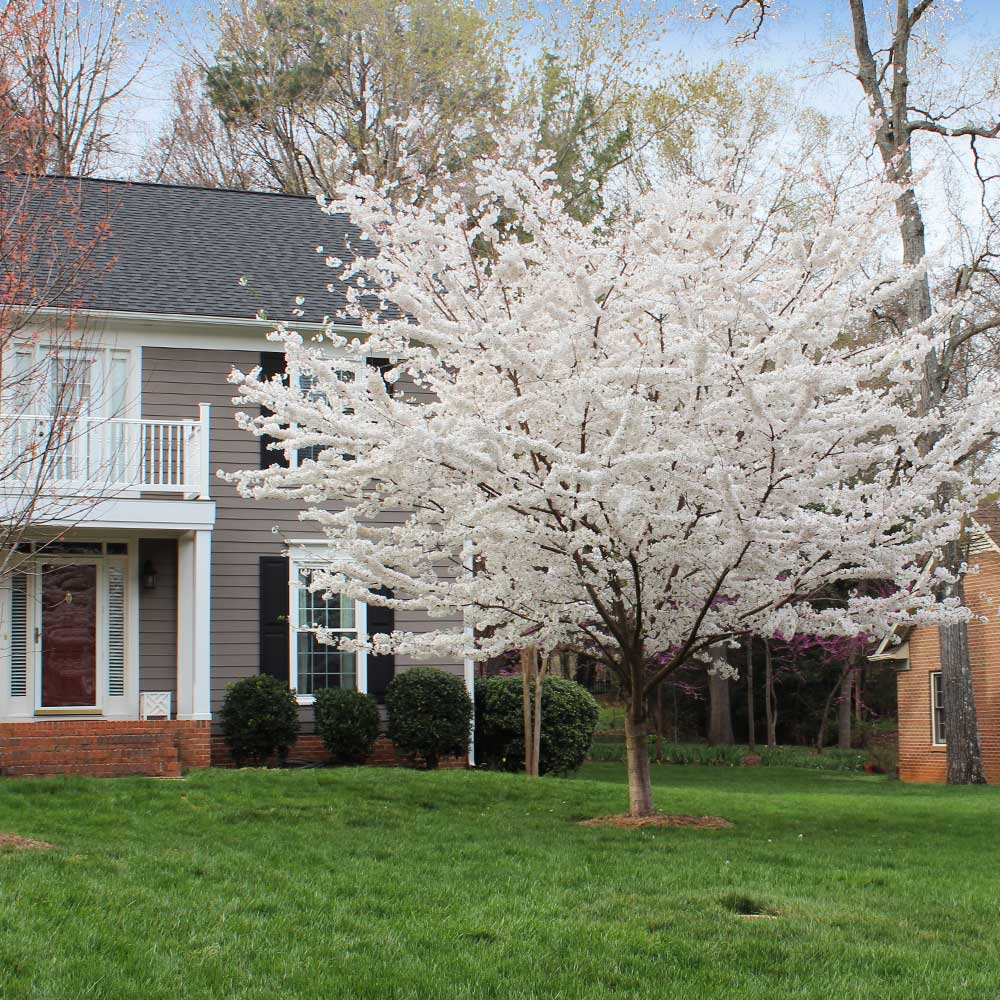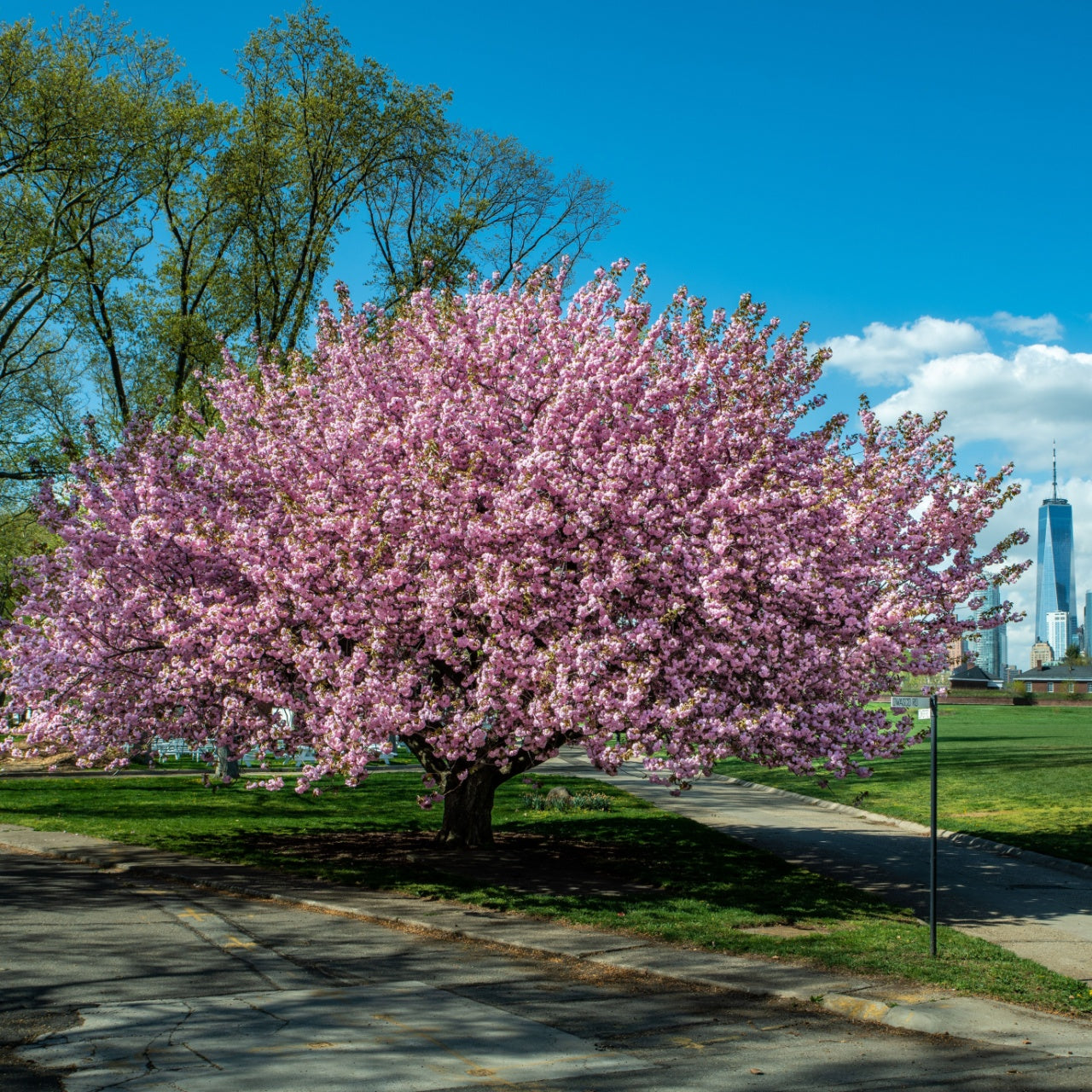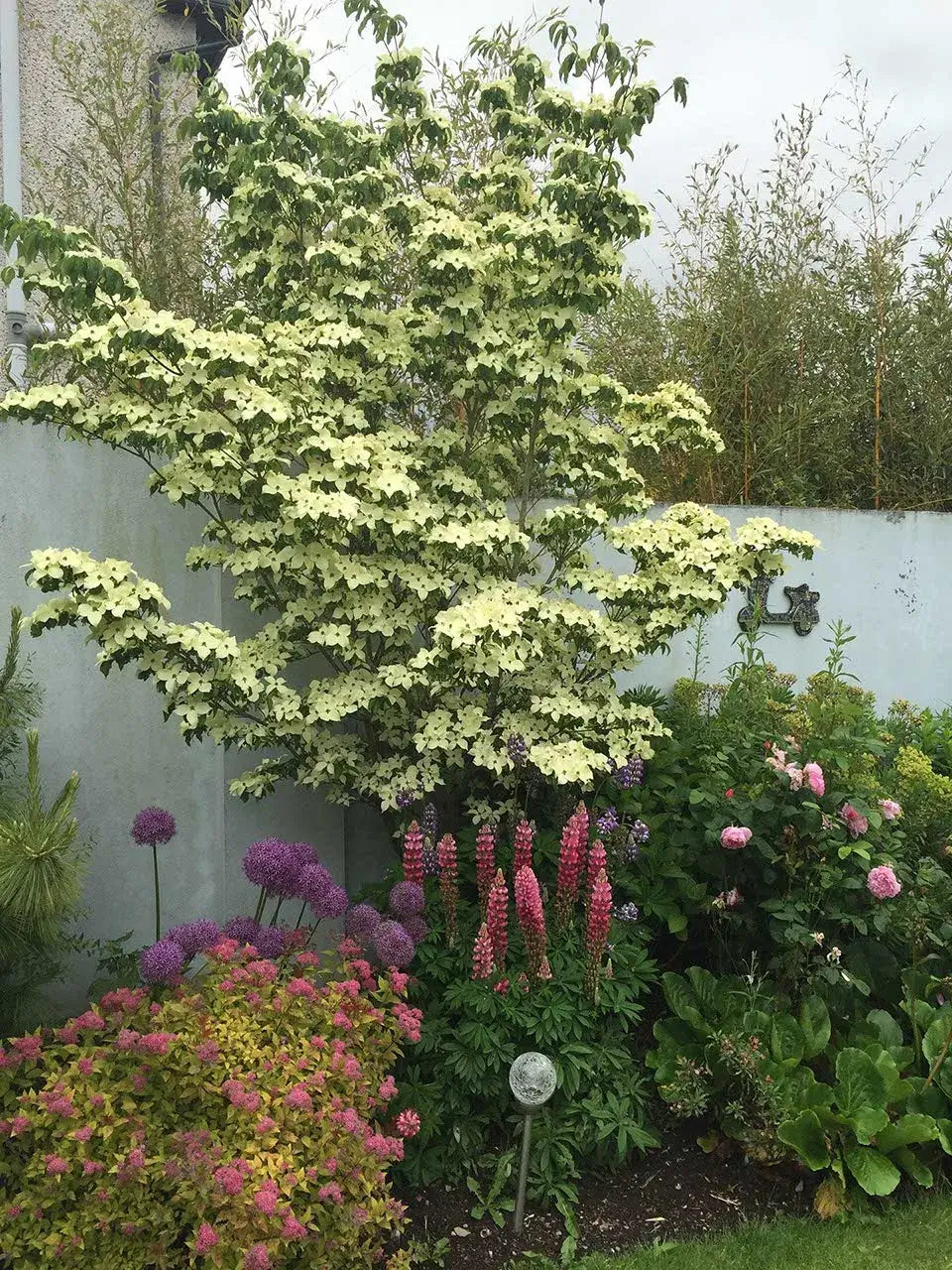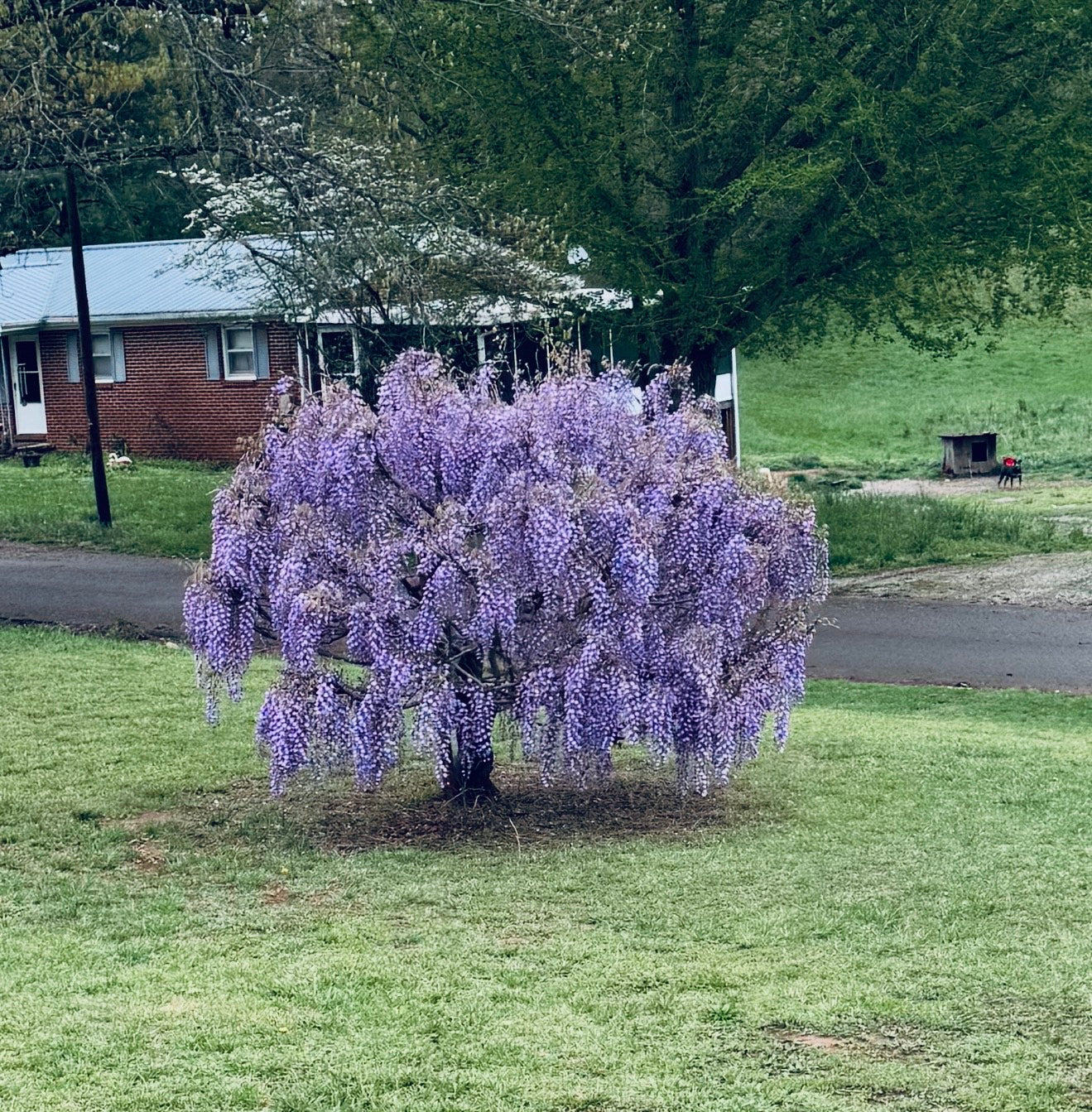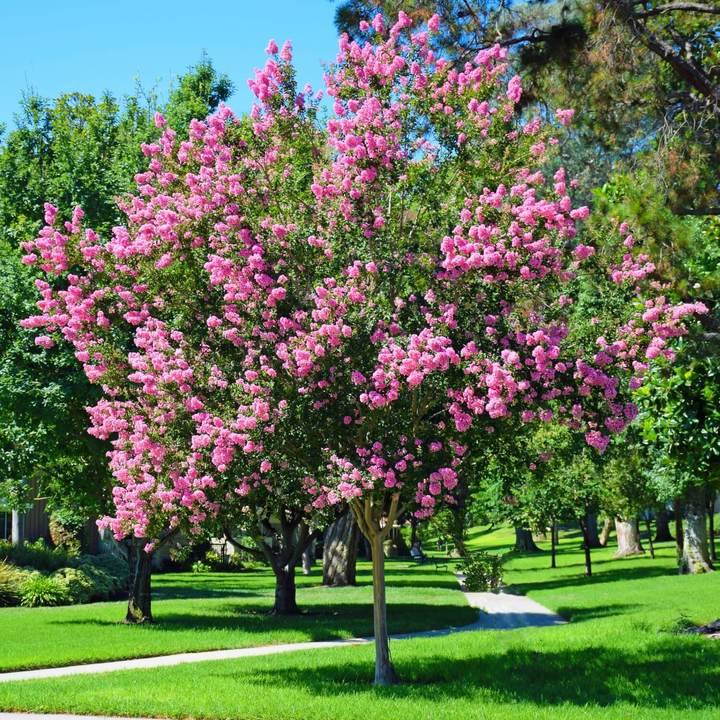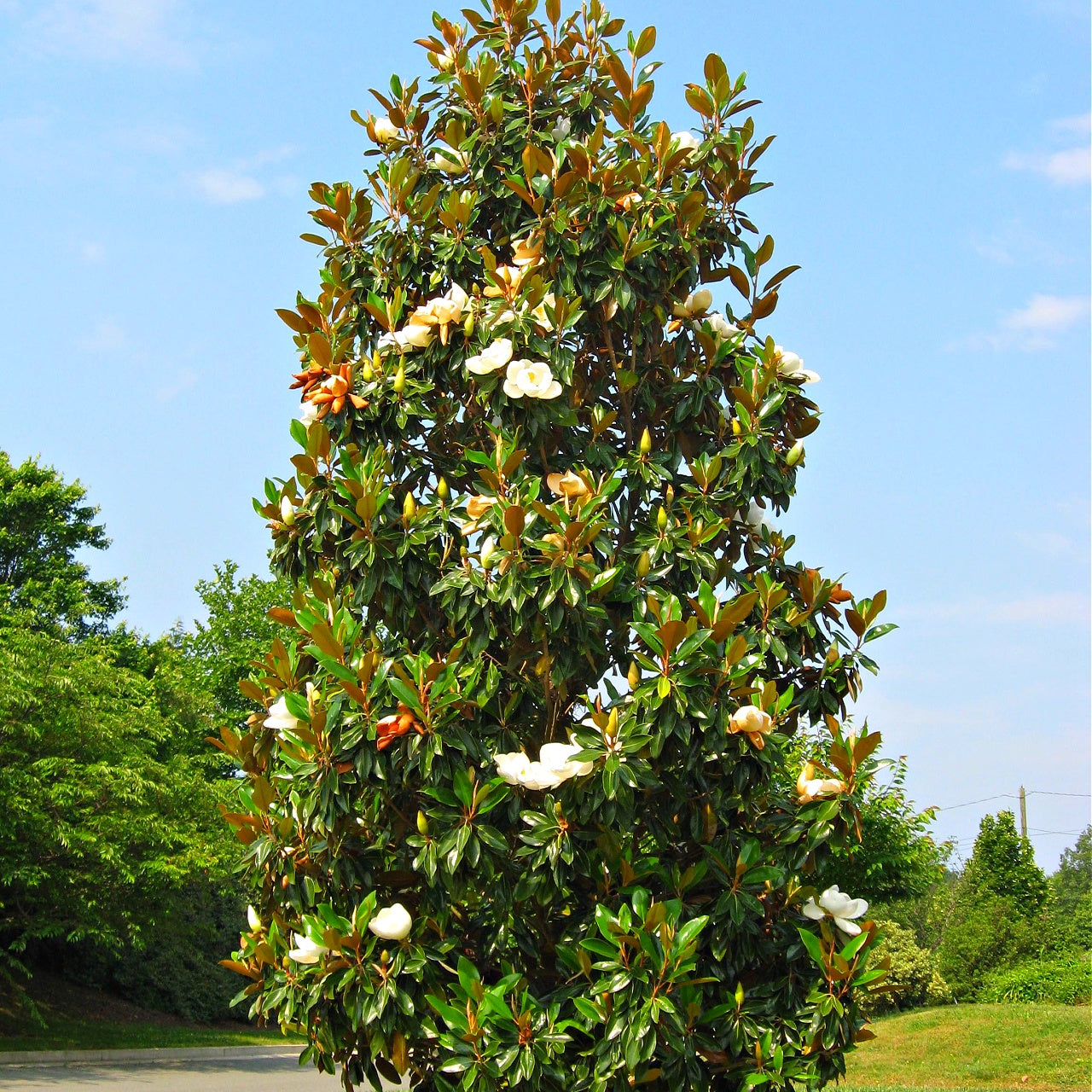Flowering Trees – Bring Color and Character to Your Landscape
There’s nothing quite like a flowering tree in full bloom. Whether it’s the first sign of spring or a burst of color in summer, these trees can stop you in your tracks. Their beauty isn’t just seasonal—it adds long-lasting charm to any yard, driveway, or garden path. In our carefully selected collection of flowering trees, you’ll find species that thrive in various climates and offer something special year after year.
Find the Right Flowering Tree for Your Space
At TN Nursery, we’ve spent over 68 years growing trees that don’t just survive; they thrive. Homeowners select our flowering varieties for their hardiness, visual appeal, and ease of care. If your looking for a plant a showy centerpiece or a row of trees for consistent bloom, we’ve got trusted options rooted in real performance, not just pretty pictures.
Customer Favorites Include:
- Dogwood – Known for their soft pink or white blooms in early spring.
- Redbud Trees – Bright purple-pink flowers that appear before the leaves.
- Magnolia – Large, fragrant blossoms that signal the arrival of warm weather.
- Crepe Myrtles – Summer-blooming trees that continue long after others fade.
Why TN Nursery Customers Keep Coming Back
Our trees are shipped bare root, fresh from the field, and ready to grow. We don’t rely on warehouse stock or bulk suppliers—each tree is dug to order. That means it’s healthier when it arrives and better equipped to adapt to your soil and climate. Whether you’re planting one tree or planning a full landscape, we’re here to help you succeed from the ground up.
Browse our flowering trees and find the variety that speaks to your space. Add beauty, structure, and seasonal wonder to your yard—one bloom at a time.

